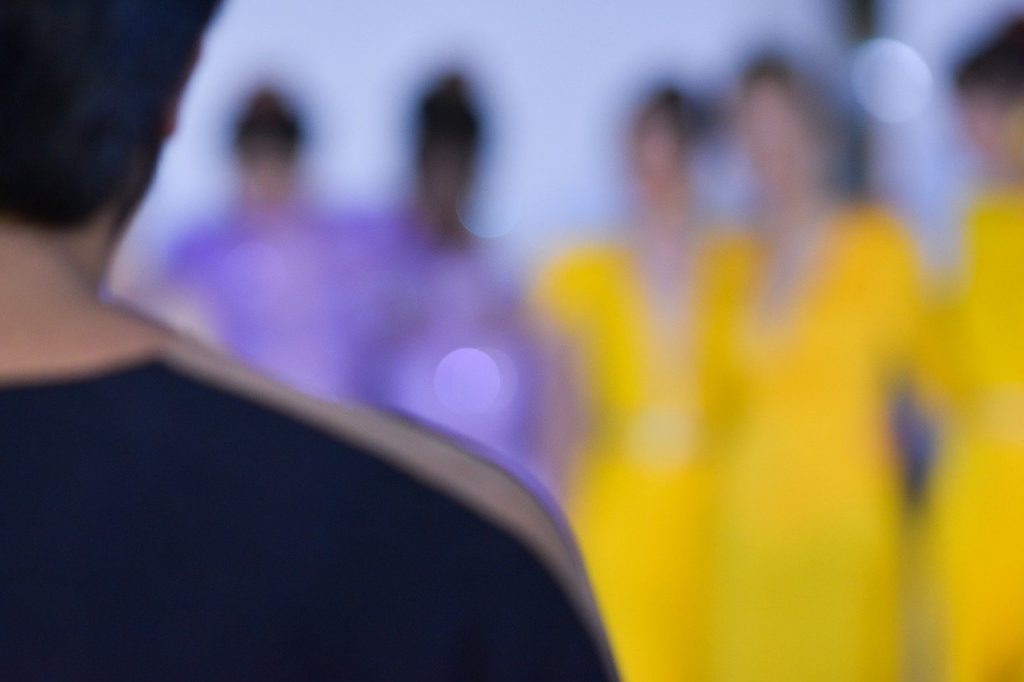It goes without saying that London Fashion Week is one of the most anticipated fashion events every year. It’s one of the five fashion weeks, the others being the New York Fashion Week, the Milan Fashion Week, the Paris Fashion Week, and the Arab Fashion Week.
This year the event ran from 17th September till the 21st September. In keeping with the coronavirus restrictions, the event wasn’t exclusively physical. It instead opted-out for a hybrid model combining physical with digital appearances. The organisers proceeded the same way that they did with the London Fashion Week in February.
This article will discuss this curious new model and it will give you an overall idea of what London Fashion Week was like this year. Learn about the hottest fashion trends and the designers that brought them to life. Enjoy reading!
Hybrid Model
When the plans for this year’s London Fashion Week were released to the public, many were left disappointed due to the announcement that some of the events would be held online, rather than in-person. Although this was not the first hybrid event in London (London Fashion Week in February did it first), fashion fans hoped things would be different this time around.
The same discussions around the hybrid model were repeated yet again. Some believed that the event would lose its “magic”, while others reasonably argued that designers who were not allowed to hold physical catwalks would be at a disadvantage, and that they were unfairly treated by the event organisers.
We, however, thought it would be interesting to see how the organisers would implement their hybrid model and how designers would create digital catwalks. Let us tell you, we weren’t disappointed with the results!
All in all, 105 designers presented their newest creations through 41 physical shows and 69 digital ones. The digital shows were broadcast live and free of charge, but for those who missed them at the time, you can watch them for free on London Fashion Week’s website.
Those who had tickets for the physical shows had to present a proof of vaccination approved by the local authorities, along with negative lateral flow test taken within the past 48 hours, in order to attend. Guests were also asked to go to the venues using personal or private vehicles, or go there on foot in order to minimise exposure to the virus.
Highlights
We are excited to tell you more about the renowned designers that took part in London Fashion Week ’21, as well as the newcomers who captivated the fashion world.
Big Names
Vivienne Westwood, the British-born designer, held her show online showcasing her spring/summer 2022 collection. The collection titled “Save our Souls” is a clear reference to her 1998 collection called “Tied to the Mast” due to the nautical theme that she chose.
The nautical theme also meant to shed light on environmental crises we face today, and Westwood said that 90% of the clothes were made from sustainable materials. The digital show also paid homage to British punk both through the outfits and the music.
Simone Rocha is another well-known designer from Ireland who debuted at London Fashion Week ’10. Her autumn/winter 2021 collection also debuted online. Rocha chose the church of St. John’s Hyde Park for her catwalk that explores fragility and rebellion with school-girl like outfits followed by gentle pink silk adorned with flowers. She called the collection “Fragile rebels”.
The French designer behind the successful Paul & Joe, Sophie Mechaly, chose to present at London Fashion Week for the first time to celebrate her brand’s 25th birthday. The Paul & Joe physical show took place in Dartmouth House, Mayfair. The models walked around historical paintings wearing bright girly outfits combining the spirit of Parisian and Londoner fashion.
Osman Yousefzada’s show in Amazonico (London restaurant) was highly anticipated. The British-born designer of Afghani ancestry, much like Westwood, highlighted the importance of sustainable fashion by using Tencel, a filament made from wood pulp, which is an eco-friendly alternative to silk. He called his collection “What happened to last season’s clothes” in a critique to the fashion business that generates excessive amounts of clothes.
The end-result was a sensual exploration of various textures and materials. One could see the influence of both his British and Afghani upbringing in the styles.
Newcomers
The fashion world was looking forward to seeing the creations of newcomer Feben who only recently graduated. She brought a nomadic touch to her show, as someone who has lived in many countries and feels like a nomad herself. Feben centred the collection around her own identity – the woman she was expected the become and the woman she became. Risky and surrealist clothes dominated the catwalk.
Bradley Sharpe also centred his collection around women and how they are perceived. He chose tent-like dresses, which looked very futuristic, but were meant to satirise dresses from the distant past, especially 18th century fashion.
Labrum’s collection titled “The Sound of Movement” had a deeper meaning that explores the relationship that African and Caribbean immigrants have with Britain. The brand shows how immigrants from the Windrush Generation contributed to British fashion by displaying ready-to-wear flamboyant suits with bright colours and interesting silhouettes.

More Stories
Cristiano Ronaldo: Where Fashion and Football Meet
The V&A
Powerful English Queens